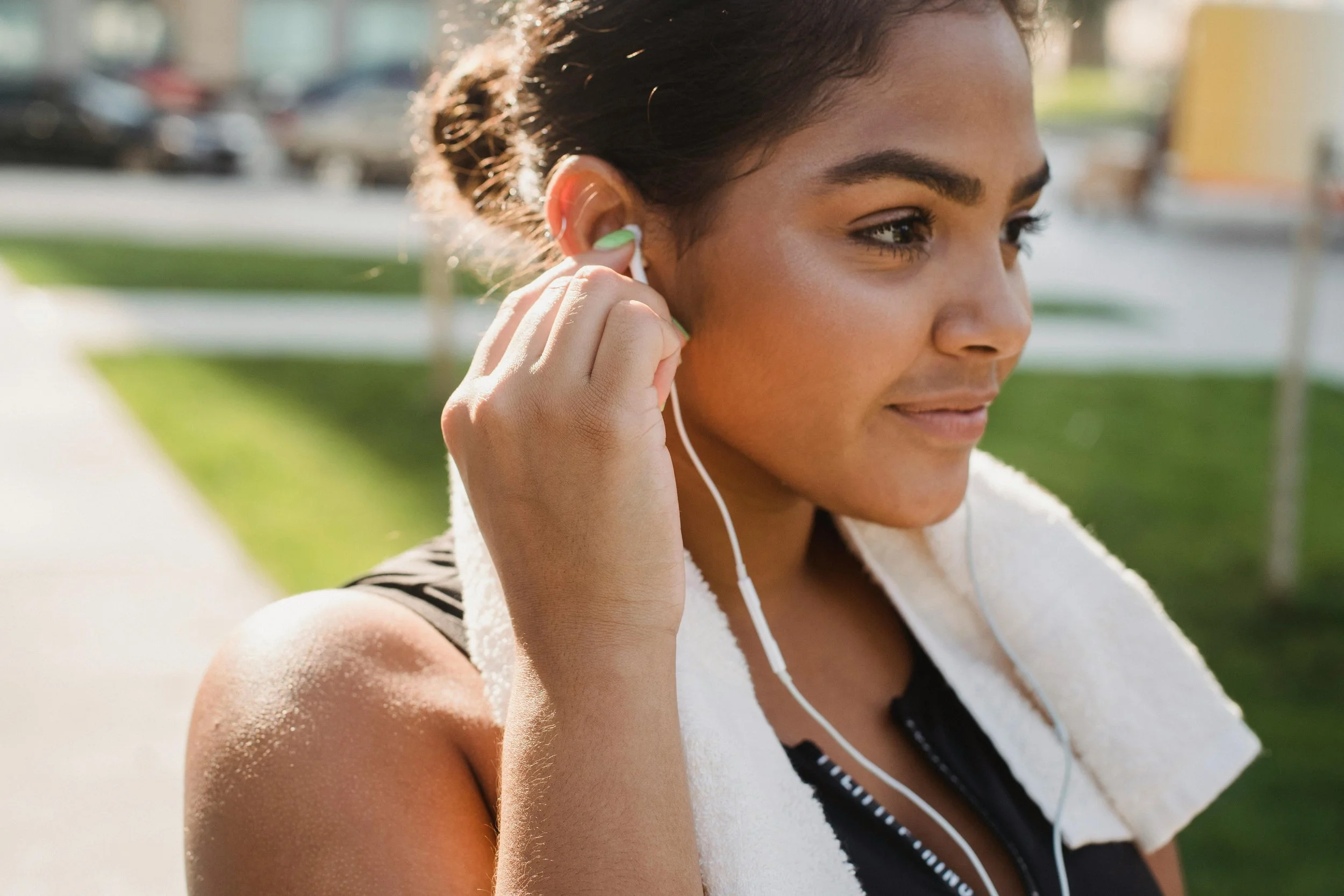Smart Ways To Stay Fit While Enjoying Local Culture
Blending fitness with cultural exploration offers a rewarding way to travel. Instead of seeing exercise as something that interrupts your trip, you can integrate it into your experiences—whether by walking through historic streets, sampling local ingredients in moderation, or learning traditional dances.
In 2025, wellness tourism is thriving: the Global Wellness Institute reported it reached $1.1 trillion in spending last year. Travelers are increasingly seeking vacations that allow them to maintain their health while immersing themselves in new cultures. This guide explores smart, practical ways to stay fit on your next cultural getaway.
Benefits Of Red Wine
Enjoying red wine in moderation can enhance both your cultural experience and your health.
In many cultures—particularly those in Mediterranean regions like Italy, Spain, and southern France—red wine is a cherished part of culinary tradition. It pairs with local dishes, facilitates social bonding, and reflects centuries of regional heritage.
Beyond its cultural significance, red wine offers notable health benefits when consumed wisely.
Research shows that red wine contains polyphenols, particularly resveratrol, which is linked to improved cardiovascular health. A 2023 meta-analysis published in Nutrients journal found that moderate red wine consumption (up to one glass per day for women, two for men) is associated with lower risks of heart disease. It may also enhance HDL (good cholesterol) and reduce inflammation.
The ritual of sharing wine with meals fosters mindful drinking and eating habits. Unlike binge drinking, enjoying a small glass during a leisurely dinner aligns with fitness goals and supports portion control.
Many travelers find that adopting these habits temporarily while abroad can inspire lasting healthy routines at home.
Walking Tours For Cultural Immersion
Walking is one of the simplest, most effective ways to stay fit while deeply engaging with a new culture.
Most cities offer guided or self-guided walking tours through historical neighborhoods, art districts, or culinary hotspots. These experiences promote steady physical activity while exposing you to local architecture, markets, and traditions.
According to the Mayo Clinic, walking at a moderate pace for one hour burns approximately 210–360 calories, depending on body weight and walking speed—making it a practical way to offset indulgent meals on vacation.
In European cities like Lisbon or Prague, walking allows you to access charming side streets and hidden courtyards inaccessible by car or public transit. In Asia, walking through bustling markets in Bangkok or Kyoto offers unparalleled sensory experiences while keeping you active.
By replacing taxis or rideshares with foot travel when possible, you can significantly boost your daily step count.
Many destinations also host themed walking tours—whether focused on street art, food history, or local legends. Participating in these not only provides cultural education but can also motivate you to explore parts of a city you might otherwise overlook.
Consider using a fitness tracker to set step goals for each day of your trip; this adds a rewarding element to your exploration.
Joining Local Dance Classes
Dancing offers a joyful, social way to exercise while connecting with a destination’s culture.
Across the globe, dance is deeply tied to local identity. From Argentine tango to Cuban salsa, Greek folk dances to Indian Bharatanatyam, each style tells a story about the community it comes from.
Joining a dance class while traveling lets you actively participate in this living tradition—while gaining a fantastic cardiovascular workout.
A 2024 study in Frontiers in Psychology highlighted the physical and mental benefits of dance, noting its positive effects on aerobic capacity, muscular endurance, and mood.
A typical one-hour dance class can burn 300–500 calories, depending on intensity and style. It also enhances coordination, flexibility, and balance.
Many community centers and cultural venues welcome visitors to open dance nights or short-term classes. Tour operators increasingly offer cultural dance experiences tailored to travelers.
Whether you’re spinning through a flamenco routine in Seville or mastering Polynesian hula in Hawaii, you’ll leave with both new skills and memorable stories.
Eating Local, Moving Local: A Balanced Approach
Smart fitness on cultural trips isn’t about strict dieting—it’s about balance and intentional movement.
Sampling local cuisine is one of the greatest joys of travel, and you shouldn’t feel compelled to avoid traditional dishes out of fear of gaining weight. Instead, adopt a balanced mindset: embrace the richness of local food while compensating through mindful activity.
One effective strategy is to follow the 80/20 principle: aim for 80% of your meals to be composed of wholesome, nutrient-dense foods (grilled fish, fresh vegetables, local fruits), while allowing 20% for indulgent treats like pastries or richer entrees. In Mediterranean destinations, for instance, you’ll find abundant healthy options rooted in olive oil, lean proteins, and seasonal produce.
Pairing indulgent meals with physical activity helps maintain this balance. After a hearty Tuscan lunch, take a long walk through Florence’s Renaissance streets. After a decadent Parisian dinner, stroll along the Seine. Small choices—opting for stairs over elevators, walking to attractions rather than taking public transport—add up over the course of a trip.
Local movement practices also offer unique fitness opportunities. In Japan, you might join a morning tai chi group in a public park. In Scandinavia, participate in outdoor hiking or “friluftsliv” activities that celebrate nature. Seeking out these experiences ensures your cultural engagement is both active and enriching.
Using Local Outdoor Spaces For Fitness
Public spaces around the world can become your gym when you adopt a flexible approach to fitness.
Many cities invest in well-maintained parks, riverfront trails, and outdoor fitness zones. Taking advantage of these spaces helps you stay fit without sacrificing valuable sightseeing time. According to the World Health Organization, just 150 minutes of moderate-intensity aerobic activity per week supports long-term cardiovascular health—an achievable goal if you incorporate short workouts during your travels.
Start by researching parks or outdoor areas near your accommodation. Early morning jogs through London’s Hyde Park or San Francisco’s Golden Gate Park offer fresh air and cultural scenery. If jogging isn’t your style, consider brisk walking, yoga, or bodyweight circuits using benches or outdoor gym equipment.
Public beaches also offer excellent fitness potential. Many coastal destinations provide free beach volleyball courts, walking paths, or group fitness classes. A sunrise beach run or evening yoga session helps maintain your fitness routine while delivering memorable sensory experiences.
Wrapping Up
Exploring local crafts workshops can also add an unexpected active element to your travels—pottery, weaving, or woodworking often require both movement and focus. Volunteering for community activities, such as beach clean-ups or cultural festivals, provides a fulfilling way to stay active while giving back.
By remaining open to these opportunities, you’ll enrich both your fitness journey and your cultural understanding wherever you go.








